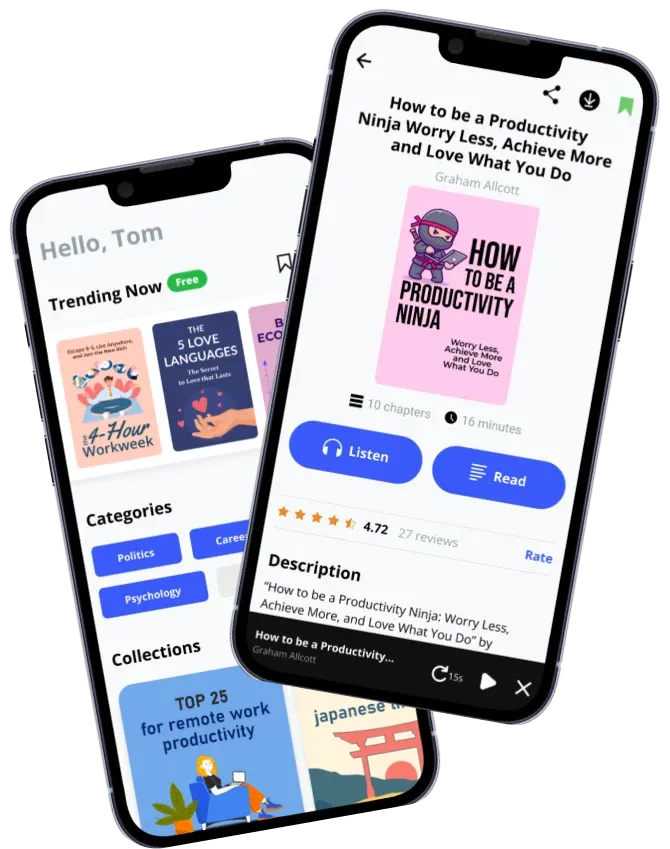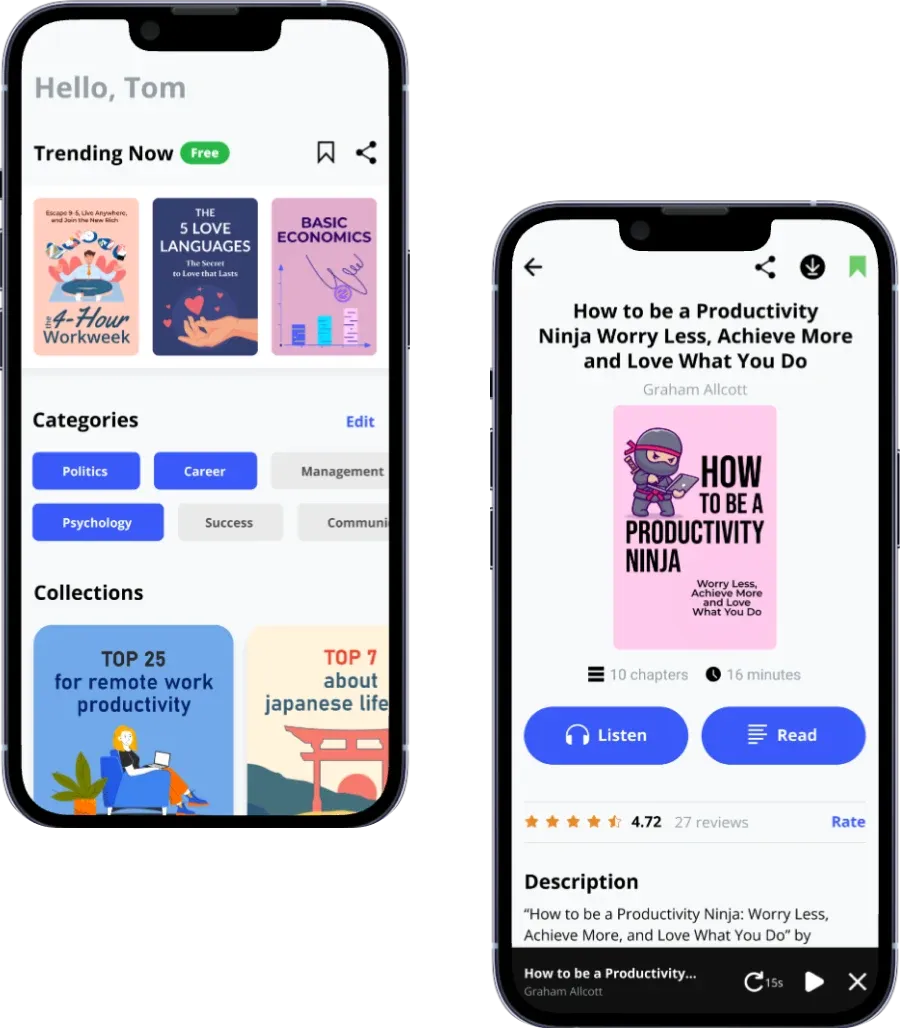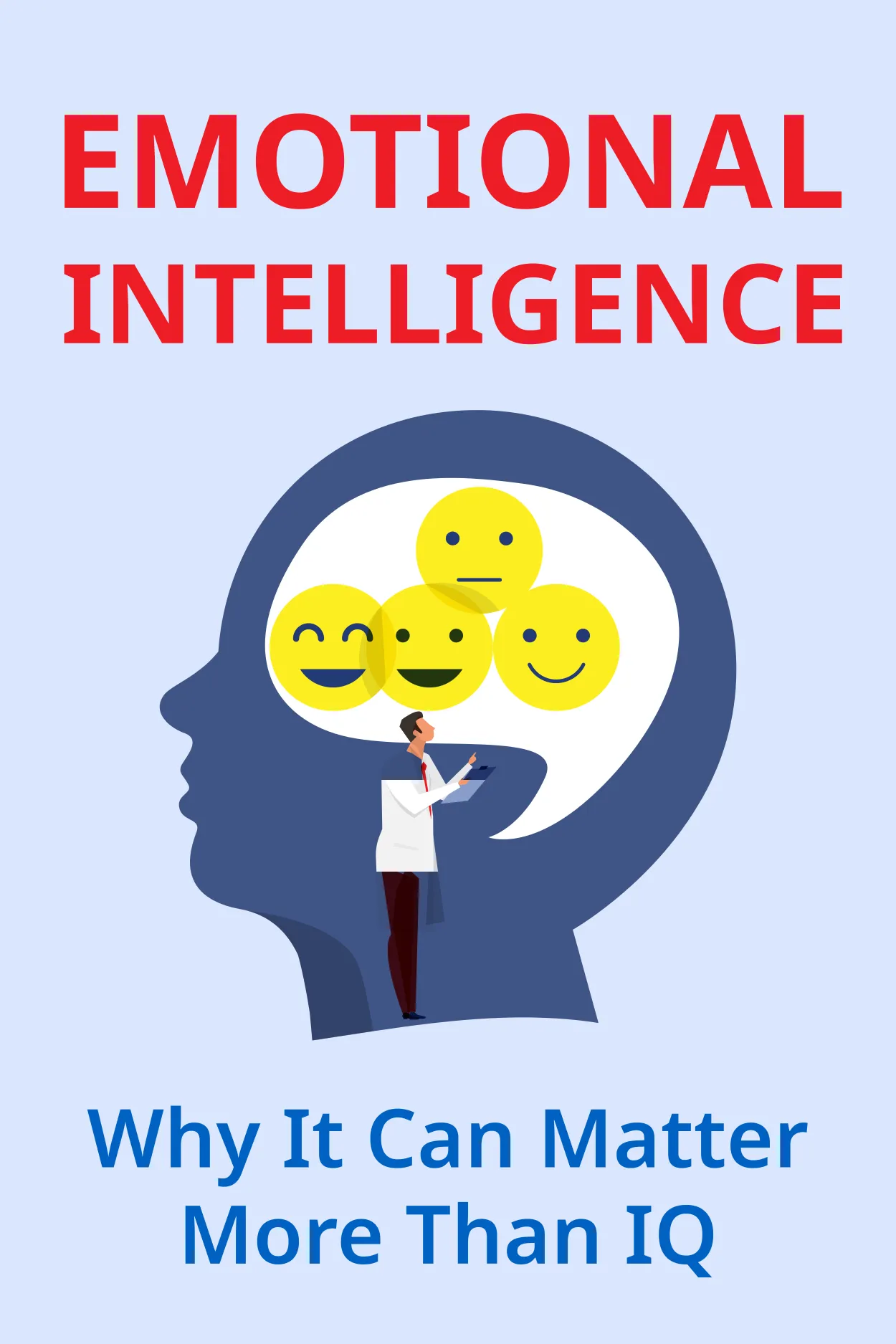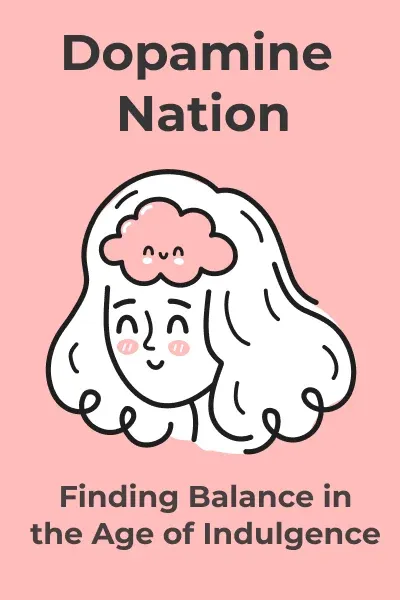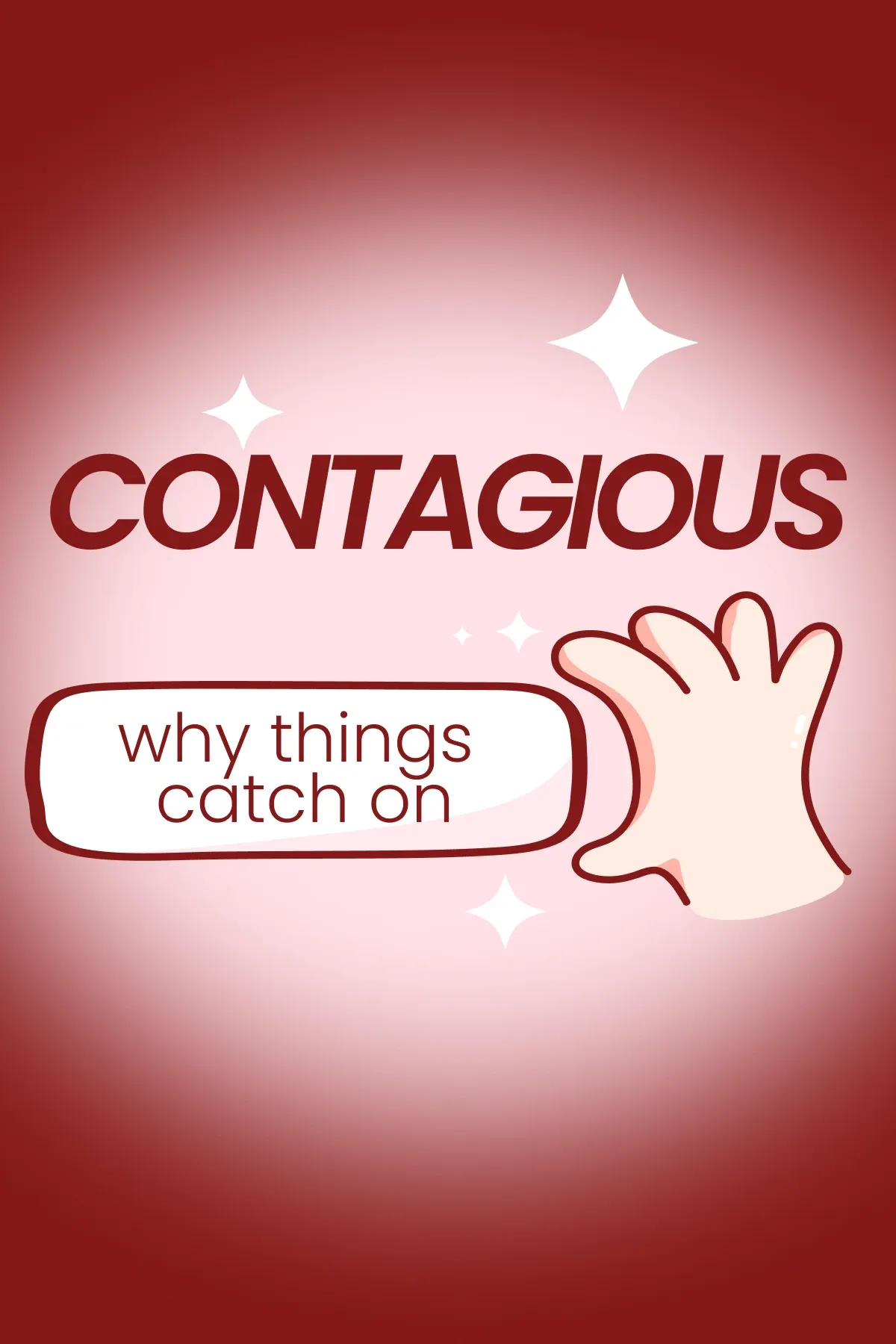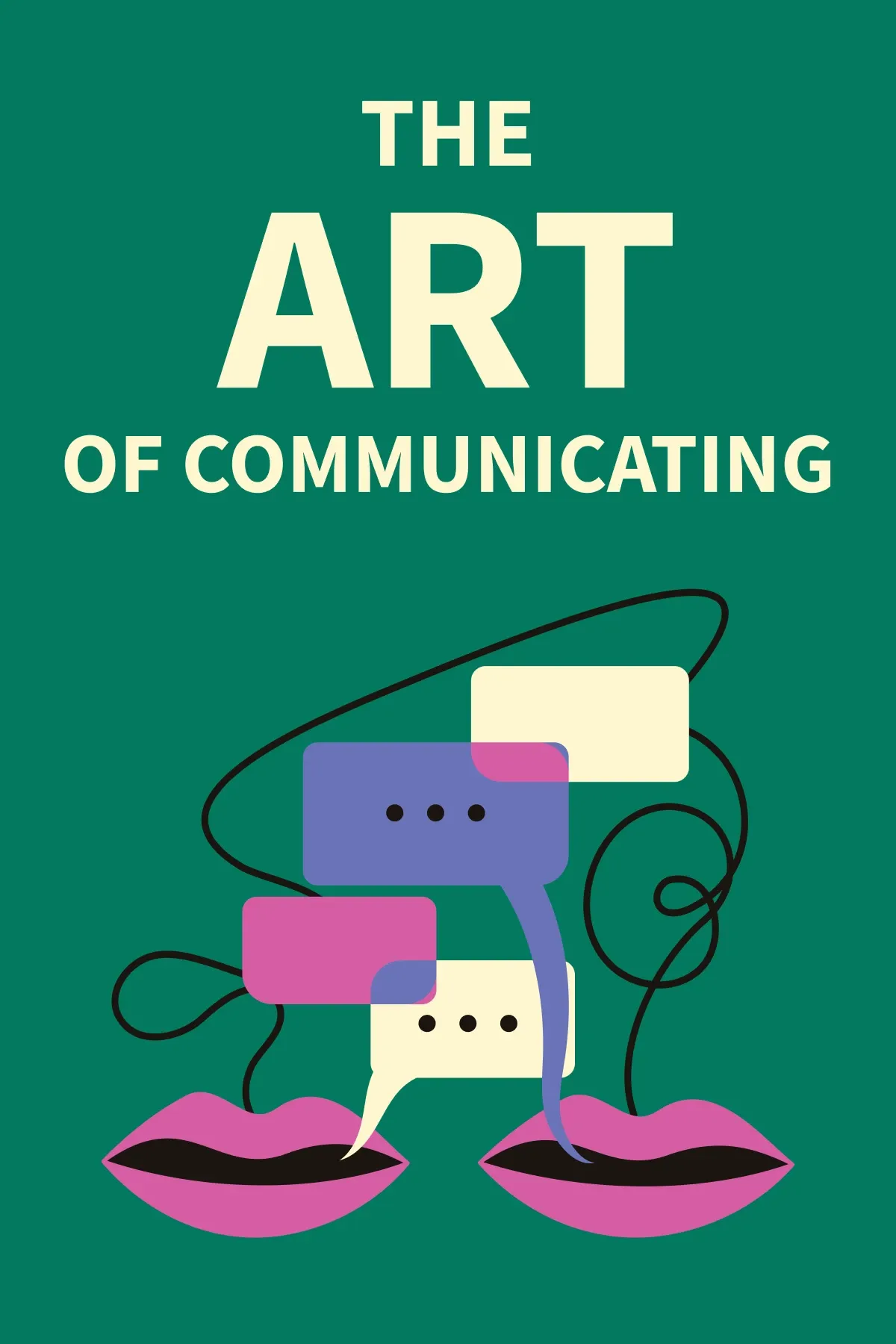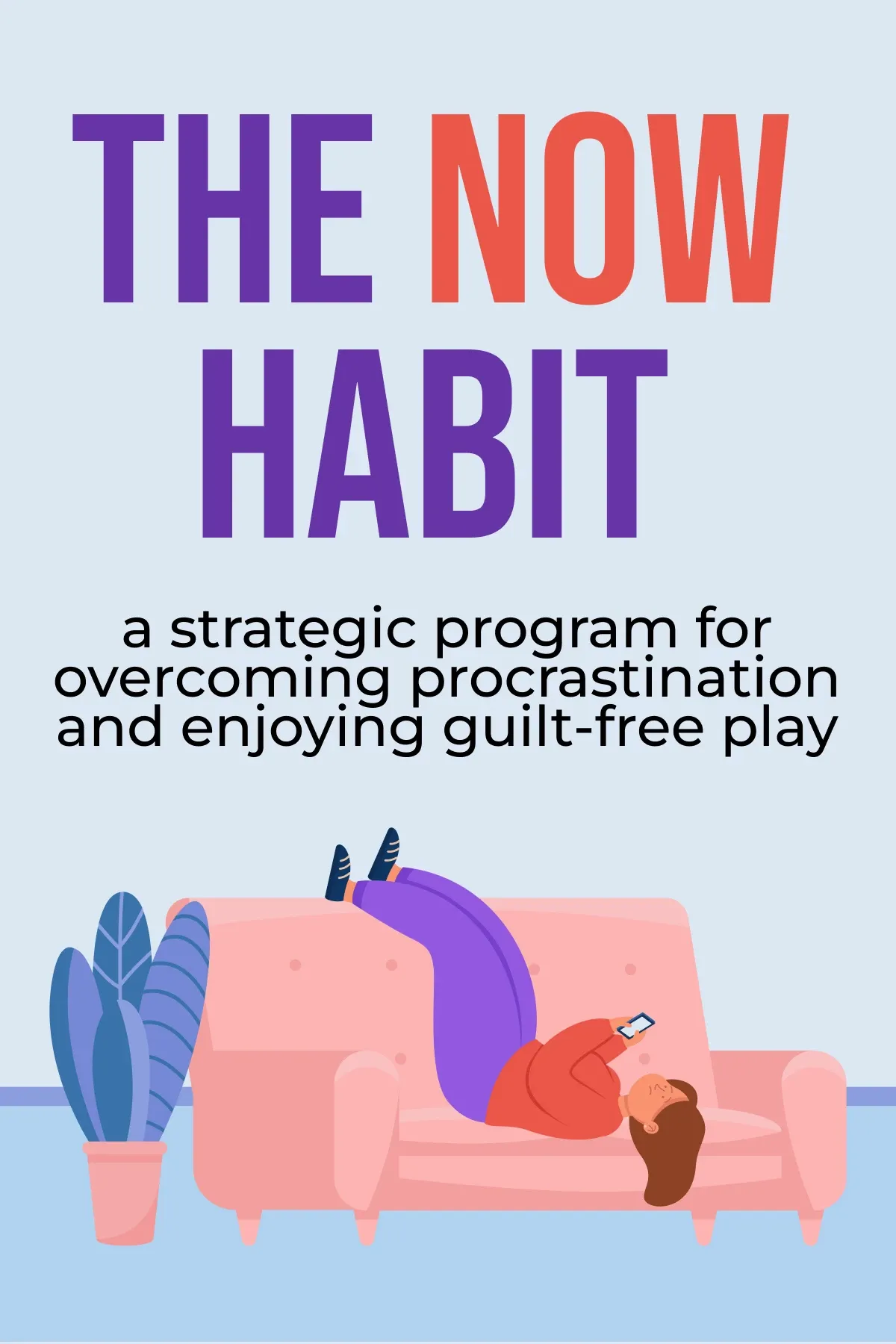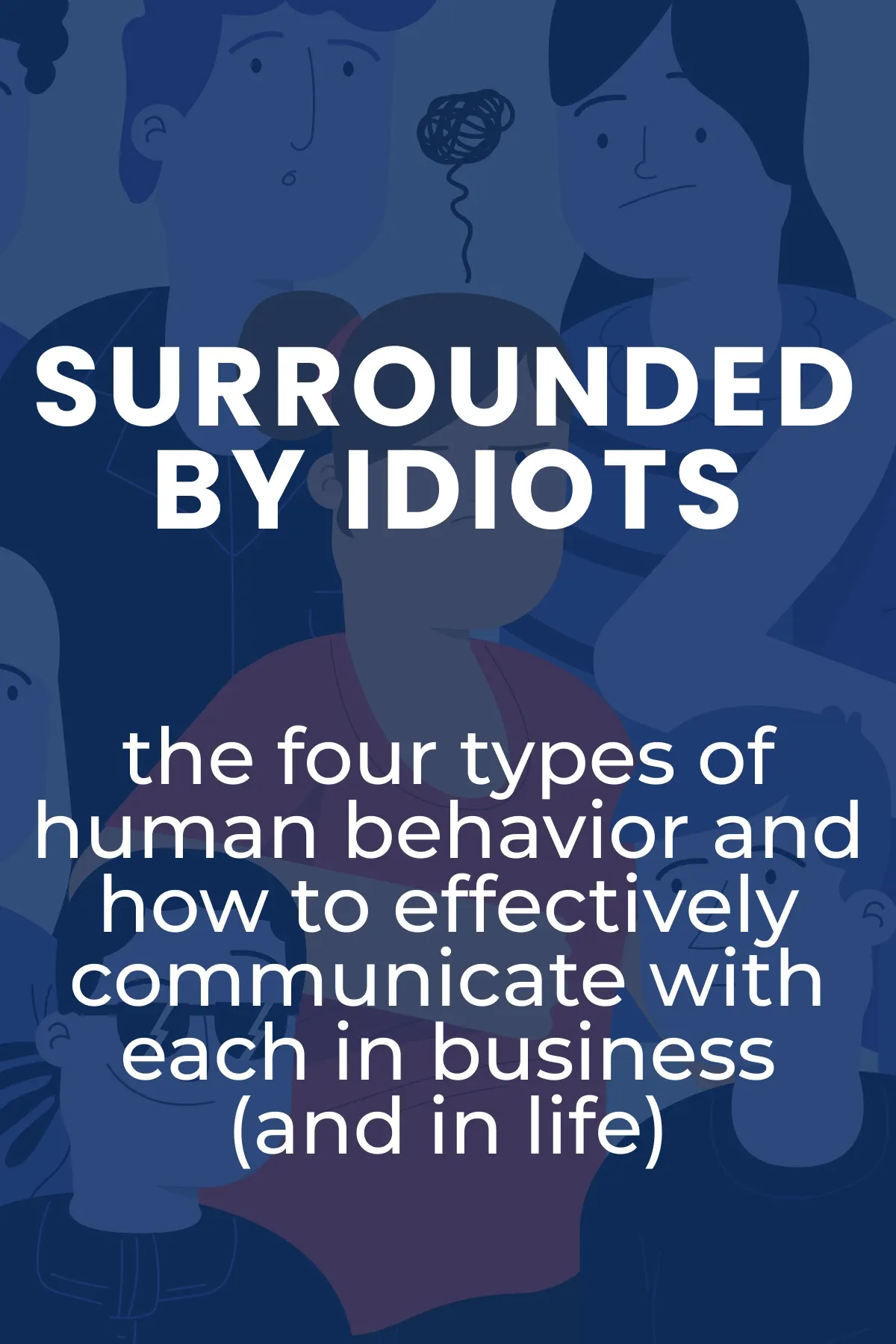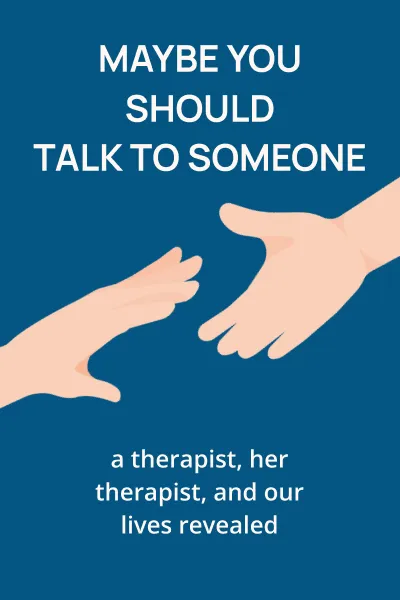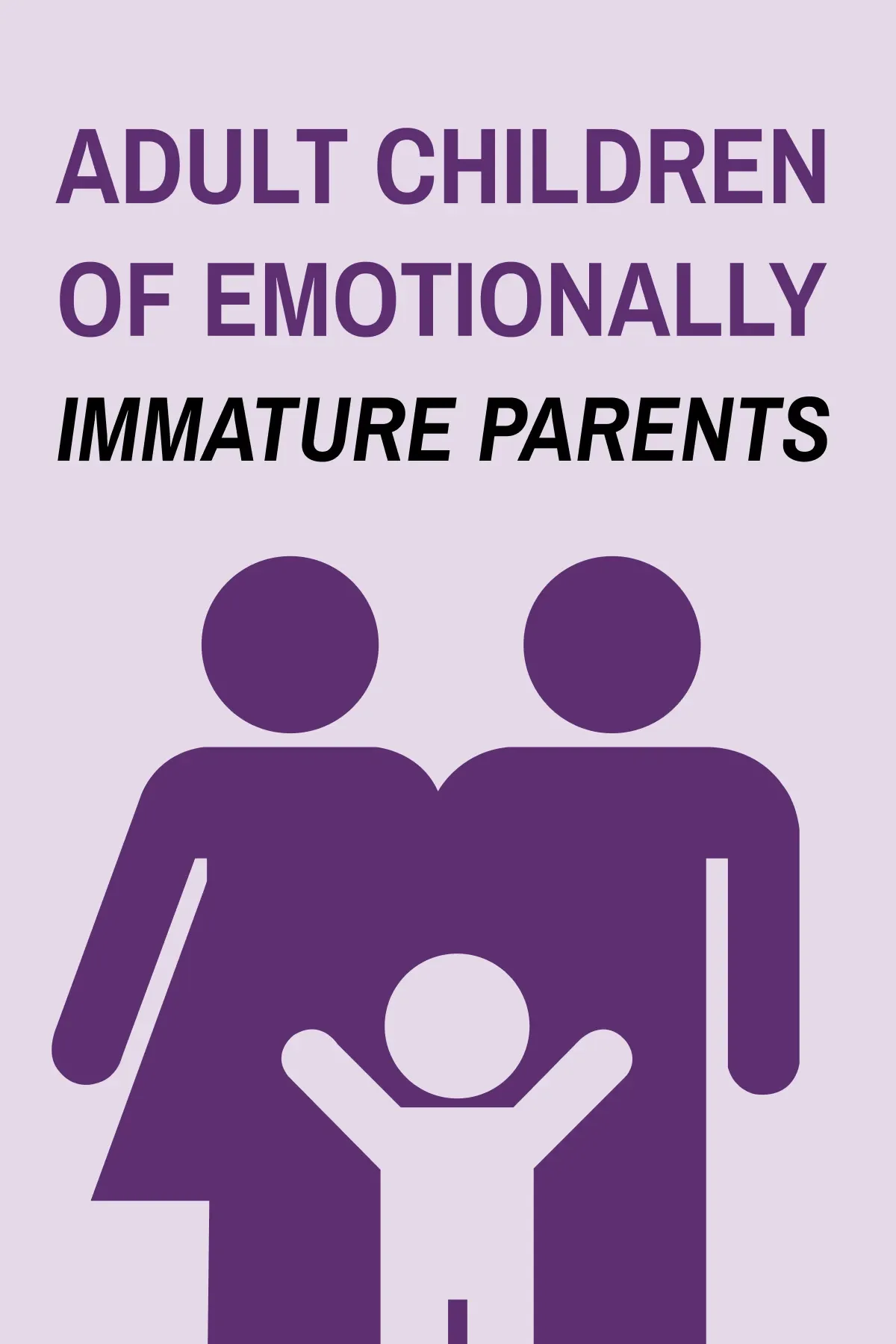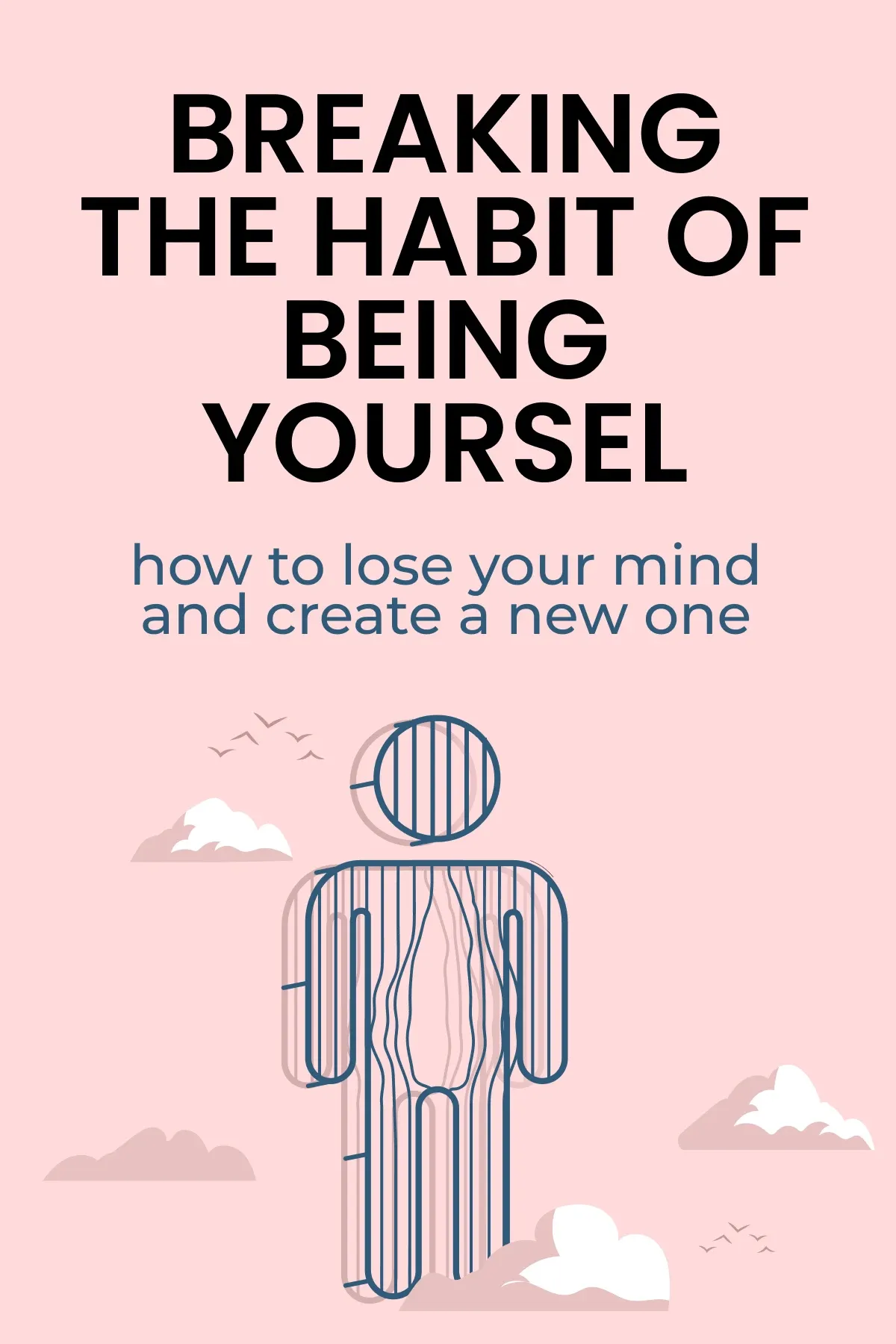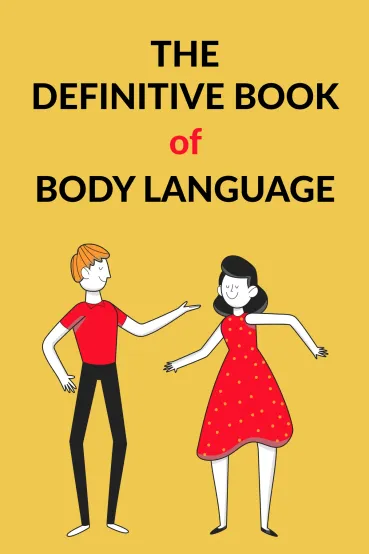
The Definitive Book of Body Language
Brief Summary
“The Definitive Book of Body Language” is your ultimate guide to understanding gestures, handshakes, and even courtship signals. In an age where texting dominates communication, this book makes it easier to interpret people’s emotions and attitudes during face-to-face interactions. Why not boost your confidence and strengthen your relationships?
Key points
Key idea 1 of 10
Have you ever had someone say one thing to you but had a strange feeling that their words didn’t match what they were thinking? Where did this feeling come from? Most likely, it was body language: gestures, body posture, and facial expressions can often say more than any words. Therefore, to understand other people better, you must learn how to read and interpret their body language.
Human body language is the best tool to help you reveal emotions and inner attitudes. Have you ever wondered why fortune tellers are so successful in their business? The key to their success might not be in some mysterious connection with the “higher powers” but in the fact that they are masters of reading body language.
However, you don’t have to be a fortune teller to learn how to read body language. You can follow three main tips for this. First of all, read gestures in clusters. The biggest mistake you can make is interpreting a particular gesture separately from others. Yet the same gesture can mean different things depending on the situation. For instance, when a person scratches their head, it can mean both uncertainty and lying.
The next tip is to look for congruence. Imagine you are a politician standing in front of a large audience and speaking confidently, but your arms are crossed. Will this inspire confidence in the audience? Probably not. When body language and words are in conflict, others pay attention to non-verbal cues first and only then listen to the words.
The last thing you should remember when interpreting the body language of others is the context. Depending on the context, a particular position, gesture, and movement can mean completely different things. If someone is sitting with their arms and legs crossed on a winter day outside, waiting for their bus, it probably means they are cold. But if someone repeats this body language at the negotiation table in the office, it can be interpreted as closed-mindedness and uncertainty.
You may also like these summaries
